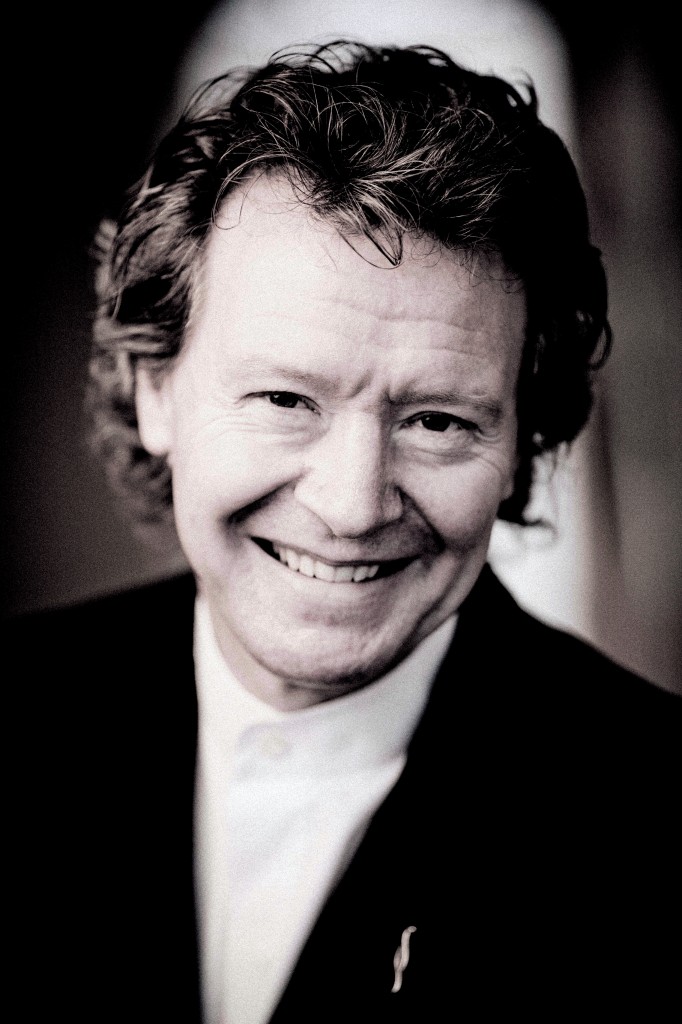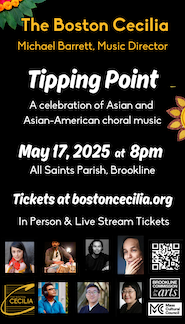Christophers to close Handel and Haydn season with a bracing mix

Harry Christophers conducts the Handel and Haydn Society in its season-closing program Friday and Sunday at Symphony Hall. Photo: Marco Borggreve
Harry Christophers had planned this weekend’s season-ending Handel and Haydn Society program with a vaguely royalist theme in mind spotlighting the main work, Mozart’s Coronation Mass.
And though it wasn’t his intent, the English conductor belatedly realized that he had assembled “a program of nicknames.”
“You’ve got the ‘Coronation’ mass and the ‘La reine’ symphony and “Arrival of the Queen of Sheba,’ said Christophers.
“But as a program I think it works. And I think it’s interesting for listeners to see that juxtaposition of styles.”
Indeed, while Mozart’s majestic mass is the principal work, both of the ensemble’s namesakes will be featured with Handel’s Zadok the Priest and the “Arrival of the Queen of Sheba” from Solomon, alongside Haydn’s Symphony No. 85, La reine. Mozart’s most popular concert aria, Exsultate, jubilate, completes the generous program.
The broader idea is to provide a bracing mix of Baroque works with Mozart, a contrast done less frequently than one might think and one that Christopher believes will prove illuminating for audiences.
“A lot of people today reserve Classical music for Classical concerts and Baroque Music for Baroque concerts and never the twain shall meet,” said Handel and Haydn’s artistic director.
“And, of course, back in the old days musicians didn’t just suddenly burn their Baroque bows and instruments on stage at a specific time of a specific year. There was always very much a crossover happening all the time.”
“When you go from the Baroque to the Classical, it’s only a matter of forty or fifty years, and yet you see this huge change in the vocal styles. It goes from this amazing freedom and liveliness in the Baroque time and when you get to Mozart, there’s a new way of thinking and the focus is less on the individuality of the vocal soloist.”
This weekend’s concerts will mark the close of Christophers’ third season as H&H artistic director. He feels the partnership with the ensemble has reached its most productive and successful phase since he took the reins from Christopher Hogwood in the fall of 2009, with a building up and “revitalizing” of the core of the ensemble, both the orchestra and chorus.
Christophers is especially happy with Aisslinn Nosky, the magenta-haired Canadian violinist he appointed concertmaster. “She is very much a part of Tafelmusk and a Lamond protégé,” says Christophers. “And she is not only a fantastic and stylish player in both Baroque and Classical, but for a woman in her early thirties, she has wonderful people skills as well, which I think is essential.”
Besides Nosky’s hiring and the personnel tweaks, Christophers believes the most significant change he has wrought over the past three seasons, has been to bring the musicians out of their shells, as it were. When he came to Boston, Christophers felt the playing was too inhibited and he has striven to encourage the H&H musicians to perform with a greater sense of individuality, both collectively and as constituent members.
“I wanted the orchestra and chorus to ‘free up’ really,” says Christophers. “I wanted to see their personalities come out in the way they played and the way they sang.
“Music is all about freedom of expression and it’s my job as a conductor to mould that expression. You should not be dictatorial about every single bar and every single bit of phrasing or articulation. When you do that, you start putting constraints on the individual.”
Christophers believes that the greater freedom and spontaneity he has encouraged is manifest in a very different sound in Handel and Haydn since he became artistic director.
“Oh, very much so. There’s much more contact and freedom on stage. It’s a larger sound and there are more risks. I mean you never want to play safe because it’s boring. You want to have the risks and have a more animated and emotional performance than one that is technically absolutely perfect.”
He has also tried to create an open and collegial environment in rehearsals where musicians can feel comfortable providing more input. “There’s kind of the tradition in big orchestras that the person up front has all the authority and that no else really has a say.”
“But all these people are playing Baroque and Classical music not only because they love it but because they have a great knowledge about it and they’re all academics in their own right.”
“And for a conductor that is absolute bliss,” says Christophers. “Because I can feed off it and off of their knowledge. There’s much more discourse. It’s nice to have this feeling that people are coming to life in rehearsals.”
Harry Christophers leads soloists and the Handel and Haydn Society at Symphony Hall 8 p.m. Friday and 3 p.m. Sunday. handelandhaydn.org; 617-266-3605.
Posted in Articles
